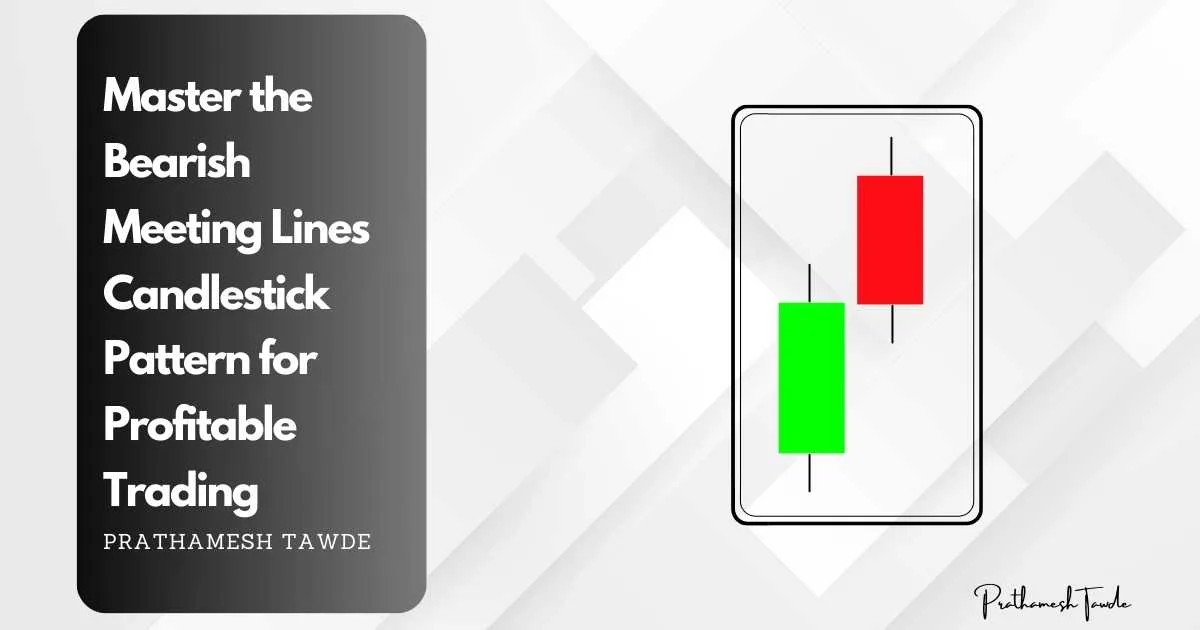Cup and Handle Pattern :- 3 Proven ways to Profitability
- Prathamesh Tawde
- December 16, 2023
Introduction
Ever looked at a stock chart and wondered what those shapes and patterns mean? Well, one pattern that stands out is the Cup and Handle. This pattern is intriguing. It can signal trading opportunities. It has been a favorite among traders for years. But what exactly is the Cup and Handle pattern, and why is it so important in stock trading?
Historical Background
The Cup and Handle pattern was first introduced by William O’Neil in his book ‘How to Make Money in Stocks.’ Since then, it has gained significant popularity among traders. Its name comes from its resemblance to a teacup. The cup has a rounded bottom and the handle is a small consolidation. After the handle, the stock continues its upward trend.
Formation of the Cup and Handle Pattern
The Cup Phase
The Cup phase is the first part of the pattern. It usually forms after an uptrend. It represents a time of consolidation and correction. The cup should have a smooth, rounded bottom, resembling a U-shape. The depth of the cup can vary. But it’s often preferred when shallow. It shows strong support. The duration of this phase can last from a few weeks to several months.
The Handle Phase
The handle phase follows the cup and represents a smaller period of consolidation. This part of the pattern typically slopes slightly downward and forms near the upper part of the cup. The handle’s depth should be shallower than the cup. Ideally, it’s supposed to be one-third of the cup’s length. The duration of the handle is generally shorter than the cup, often lasting a few days to a few weeks.
Technical Analysis
Identifying the Cup and Handle Pattern
Identifying a Cup and Handle pattern requires a keen eye for detail. Traders look for a rounded bottom. It forms the cup, followed by a smaller consolidation forming the handle. Volume typically drops during the cup formation. It rises during the breakout from the handle. This shows strong buying interest.
Key Indicators to Look For
1. Rounded Bottom: A smooth, U-shaped bottom indicates strong support.
2. Handle Formation: A slight downward drift representing consolidation.
3. Volume Increase: A surge in volume during the breakout signals strong buying pressure.
Types of Cup and Handle Patterns
Classic Cup and Handle Pattern
The classic pattern is the standard U-shaped cup. It is followed by a smaller consolidation handle. It shows a bullish pattern. It suggests the price will likely rise after the breakout.
Inverted Cup and Handle Pattern
The Inverted Cup and Handle is the opposite, indicating a bearish continuation pattern. Here, the cup forms an upside-down U shape. The handle slopes up slightly before the price falls more. This pattern is used to predict potential downward movements.
Cup and Handle Pattern Target
Calculating Potential Targets
To find the pattern’s target, measure the distance from the cup’s bottom to where the handle breaks out. This distance is then added to the breakout point to estimate the potential price target.
Importance of Volume
Volume plays a crucial role in confirming the pattern. Higher volume during the breakout suggests significant buying. This makes it more likely that the price will reach the target.
Trading Strategies Using the Cup and Handle Pattern
Entry Points
The ideal entry point for a trade is at the breakout from the handle. Traders should look for a significant increase in volume to confirm the breakout.
Stop-Loss Levels
Setting a stop-loss is essential to manage risk. A common strategy is to place the stop-loss below the lowest point of the handle or the bottom of the cup.
Profit Targets
Profit targets can be established by considering the depth of the cup. Once the price reaches the target, traders should consider taking profits. They should also adjust their stop-loss to protect gains.
Examples of Cup and Handle Pattern Stocks
Real-World Examples
Many successful trades have been made using the Cup and Handle pattern. Stocks, like Apple, Amazon, and Google, have all shown this pattern at times. It led to big price increases.
Analysis of Successful Trades
Analyzing past trades can provide valuable insights. For instance, in 2019, a clear cup and handle pattern formed in Apple’s stock chart. It led to a big rally, rewarding traders who spotted and acted on the pattern.
Advantages of Using the Cup and Handle Pattern
High Probability of Success
The pattern has a high chance of success. This is especially true when it’s spotted and confirmed with volume..
Easy to Identify
Once traders learn the shape and traits of the pattern, it’s easy to spot on stock charts.
Limitations and Risks
False Signals
Like any trading pattern, the Cup and Handle can produce false signals.Waiting for confirmation before entering a trade is essential.
Market Conditions
The pattern works best in bullish market conditions. In a bearish market, even a good cup and handle might fail. They might not produce the expected upward movement.
Comparing Cup and Handle to Other Patterns
Head and Shoulders
The Head and Shoulders pattern is another popular trading pattern. But, it differs greatly from the cup and handle. It indicates a reversal rather than a continuation.
Double Bottom
The Double Bottom pattern is like the cup and handle in some ways. But, it has two separate bottoms. These signal a potential switch from a downtrend to an uptrend.
Advanced Techniques
Combining with Other Patterns
Traders often look for other patterns or signals. These must agree with the cup and handle. They strengthen their trading decisions. For example, a cup and handle forming near a significant support level can be a powerful signal.
Case Studies
Detailed Analysis of Historical Patterns
Studying historical charts can help traders. They can understand how the cup and handle pattern works in real scenarios. Studying past successful trades can show how to spot and trade the pattern well.
Lessons Learned
From these case studies, traders learn the value of patience. They learn to wait for confirmation and to understand market conditions. These skills maximize the pattern’s effectiveness.
Common Misconceptions
Misidentifying the Pattern
One common mistake is misidentifying the pattern. Traders must ensure the cup is rounded and the handle is a small consolidation near the top of the cup.
Over-reliance on the Pattern
Relying only on the cup and handle is a mistake. It leads to poor trading decisions if you ignore other market factors. It’s essential to use the pattern as one part of a broader trading strategy.
Conclusion
Traders find the Cup and Handle pattern to be a potent tool. It offers a high chance of success when identified and traded well. Understanding its formation is key. Spotting key indicators and using them with other tools can boost trading. As with any trading strategy, you must manage risks. You must stay informed about market conditions.
FAQs
The Cup and Handle pattern indicates a bullish continuation. It is used in technical analysis and resembles a tea cup. It indicates a potential upward trend following a period of consolidation.
A Cup and Handle pattern has a rounded bottom (the cup). This is followed by a smaller consolidation or pullback (the handle). The handle typically slopes downwards and is shorter than the cup.
The Cup and Handle pattern indicates a potential bullish breakout. When the price breaks above the cup’s rim, it often suggests the start of an upward trend. The rim forms the resistance level.
The Cup and Handle pattern is a reliable indicator of bullish continuation. This is especially true when confirmed by other technical analysis tools. However, no pattern guarantees future performance. So, it’s important to use it with other analyses.
Yes, the Cup and Handle pattern can occur in various time frames, from daily charts to intraday charts. Its reliability and significance can vary. This depends on the time frame and market conditions.

I’m Prathamesh Tawde, a leading figure in the dynamic world of financial markets. Born on March 30, 1986, in the vibrant city of Thane, Maharashtra, I’ve nurtured a profound passion for technical analysis and a commitment to guiding individuals toward successful trading journeys. With a mission to empower and educate, I’ve carved a distinct niche as a content creator, educator, and mentor.





